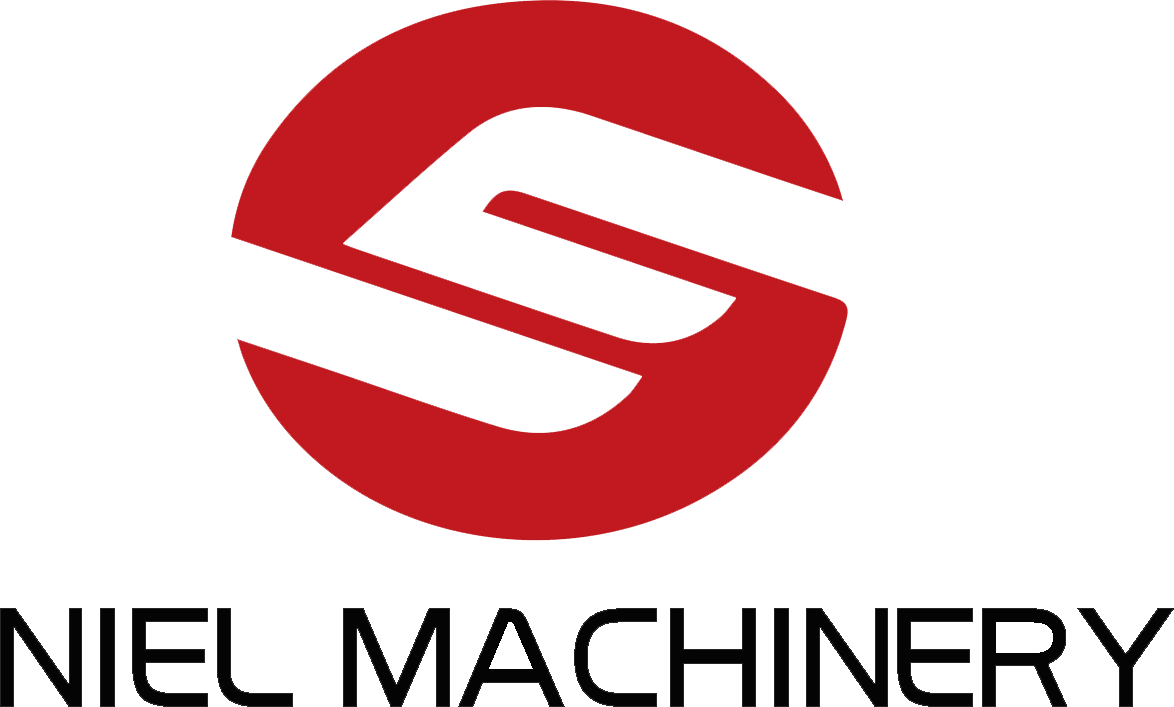The Essential Guide to Horizontal Paddle Mixers: Applications and Benefits
Release time:
2025-05-26 09:40
Source:
A horizontal paddle mixer typically features a cylindrical mixing chamber equipped with paddles that rotate on a horizontal axis. This design allows for effective blending of materials, ensuring uniform consistency throughout the mixture. The paddles are strategically positioned to create a gentle yet thorough mixing action, which is suitable for powders, granules, and pastes.
One of the primary advantages of horizontal paddle mixers is their versatility. They are commonly used in several industries, including food processing, pharmaceuticals, chemicals, and construction materials. This adaptability makes them an essential tool for businesses looking to achieve high-quality mixing results across different applications. For instance, in the food industry, horizontal paddle mixers can be employed to blend dry ingredients, ensuring that flavor and texture are consistently maintained in the final product.
In addition to versatility, horizontal paddle mixers offer efficient processing times. The design allows for a high throughput, meaning that large volumes of materials can be mixed in a relatively short period. This efficiency not only enhances productivity but also reduces labor costs and energy consumption. Furthermore, many models can be equipped with advanced features such as variable speed controls and automated feeding systems, which can further optimize the mixing process.
Another key benefit is easy maintenance. The open design of horizontal paddle mixers allows for straightforward cleaning and inspection. This is particularly important in industries where hygiene standards are paramount, such as food and pharmaceuticals. Regular maintenance ensures the longevity of the machine and helps prevent cross-contamination, thereby safeguarding product integrity.
When considering a horizontal paddle mixer, it’s essential to assess the specific needs of your operation. Factors such as batch size, material characteristics, and desired mixing outcomes should be taken into account. By selecting the appropriate model and configuration, businesses can maximize the efficiency and effectiveness of their mixing processes.
In conclusion, horizontal paddle mixers are indispensable tools in the manufacturing and processing sectors, offering a combination of versatility, efficiency, and ease of maintenance. Understanding their functionality and applications can lead to improved operational outcomes and higher quality products. Investing in the right mixing technology is crucial for any business aiming to thrive in a competitive market.
Related News
Boosting Efficiency: Semi Automatic Powder Filling Machine in Action
Boosting Efficiency: Semi Automatic Powder Filling Machine in Action Table of Contents 1. Introduction to Semi Automatic Powder Filling Machines 2. What is a Semi Automatic Powder Filling Machine? 3. How Does a Semi Automatic Powder Filling Machine Work? 4. Benefits of Semi Automatic Powder Filling Machines 5. Applications of Semi Automatic Powder Filling Machines 6. Maint
Understanding Semi-Automatic Powder Filling Machines: A Comprehensive Overview
Semi-automatic powder filling machines are pivotal in the packaging sector, particularly for businesses handling powdered products such as spices, flour, chemicals, and pharmaceuticals. These machines bridge the gap between manual filling methods and fully automatic systems, offering businesses an optimal solution for efficiency and precision. One of the primary advantages of semi-automatic powder
The Evolution of Mixing Machinery: Horizontal Paddle Mixers at the Forefront
The Evolution of Mixing Machinery: Horizontal Paddle Mixers at the Forefront Table of Contents 1. Introduction to Mixing Machinery 2. A Brief History of Mixing Machinery 3. Technological Advancements in Mixing Machinery 4. Understanding Horizontal Paddle Mixers 5. Applications of Horizontal Paddle Mixers 6. Advantages of Horizontal Paddle Mixers 7. The Future of Mixing Machinery 8
The Essential Guide to Horizontal Paddle Mixers: Applications and Benefits
Horizontal paddle mixers are vital components in various manufacturing and processing operations, particularly within the realm of mixing machinery. Understanding the workings and benefits of these mixers can significantly enhance operational efficiency and product quality. A horizontal paddle mixer typically features a cylindrical mixing chamber equipped with paddles that rotate on a horizontal a
Exploring the Dynamic Capabilities of Industrial Ribbon Mixers Table of Contents Introduction to Industrial Ribbon Mixers Understanding the Mechanics of Ribbon Mixers Advantages of Using Ribbon Mixers in Manufacturing Applications of Ribbon Mixers Across Industries Maintaining Your Ribbon Mixer for Longevity Future Trends in Ribbon Mixer Technology Case Studies: Ribbon Mixers in Act
Understanding Industrial Ribbon Mixers: Essential Tools for Effective Material Blending
Industrial ribbon mixers are vital pieces of equipment used in various manufacturing processes, particularly in the blending of powdered and granular materials. These mixers are characterized by their unique design, featuring a set of helical ribbons that move materials through the mixing chamber, ensuring a thorough and uniform blend. With increasing demands for consistency and quality in product




















